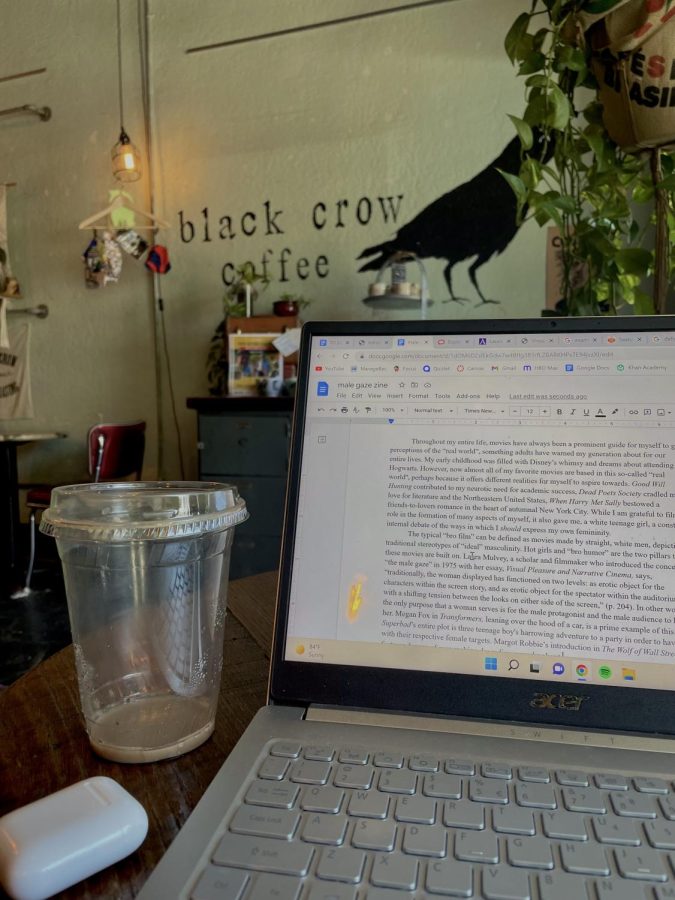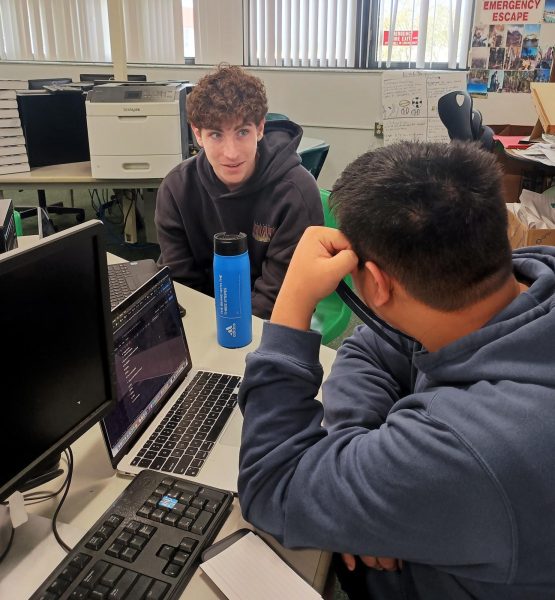Four Exam Study Habits
It is important to find a comfortable place to study!
With midterms coming up, studying can be daunting, and easy to procrastinate. However, studying doesn’t have to be scary. Every student is unique, and every student should know how to study effectively. Luckily, good study habits are achievable.
Studying starts with a confident mindset. A way to get yourself in the right mindset is first to set your intention. Decide what your goal is. Maybe you want to study for a certain test or just one research project. Then, create an optimal space just for studying.
Play some music, get some snacks, have natural light, etc. Finally, set up a reward system/break times for yourself, you’re working hard and that deserves to be celebrated! So now that you’re in the correct mindset, what study habits/techniques should you utilize? Here are five research-backed techniques to help you ace your exams this year.
1) Retrieval Practice
Retrieval practice is a reliable, tried, and true technique that is useful for memorization. Retrieval practice is essentially remembering something after you’ve already studied it. There are many ways to practice this technique including creating your own study guides, quizzes, flashcards, or simply writing down terms. Physically writing the terms down makes you more likely to remember them. Retrieval practice is like playing an instrument, you have to keep doing it. An easy way to practice this technique is to recall the key takeaways from each class and study those takeaways later.
2) Color Coding
Color coding is a great and effective way to take and review your notes. Color coding effortlessly organizes, and prioritizes notes. The worst thing to happen while studying is going back to unorganized notes and feeling clueless because you don’t know what is most important. Color coding is an easy technique to highlight important vocab, essential questions, Q & A’s, and more. A recent study done by the National Library of Medicine found that color can greatly improve one’s memory as well. The best part is that you can have fun and customize the color coding.
3) Mind Mapping
This next one is a study method for visual learners. Mind mapping is a way to visually arrange what you learned into a diagram. First, write a word or term in the middle of a page and then branch out important topics or ideas from that subject. You can also double up on study strategies and color code your mind map.
4) PQ4R Method
PQ4R is an acronym for preview, question, and the 4 R’s: read, reflect, recite, and review. This method helps students remember and understand what they have read It also helps reading comprehension skills. First, preview a chapter or article and make sure to note any graphs, diagrams, titles, quotes, etc. Then, question what you’ve just previewed. Think about what the most important parts are. Now fully read the passage. Make sure to take notes on the passage. Next, reflect on what you read. See if there was anything you weren’t expecting, and see how it connects to things you have already learned. The next step is to recite what you learned. Summarize the subject or explain it to a peer. You could even write it down in your own words, similar to The Feynman Technique. Finally, you should review by answering any questions you had in the preview and finalize your notes.
Ultimately, your studying method is up to you. What may work great for one person might not be so great for the next. This is why it is important to try different methods and see what works best for you. Hopefully, these five techniques will prove to be useful in this year’s midterm season.







